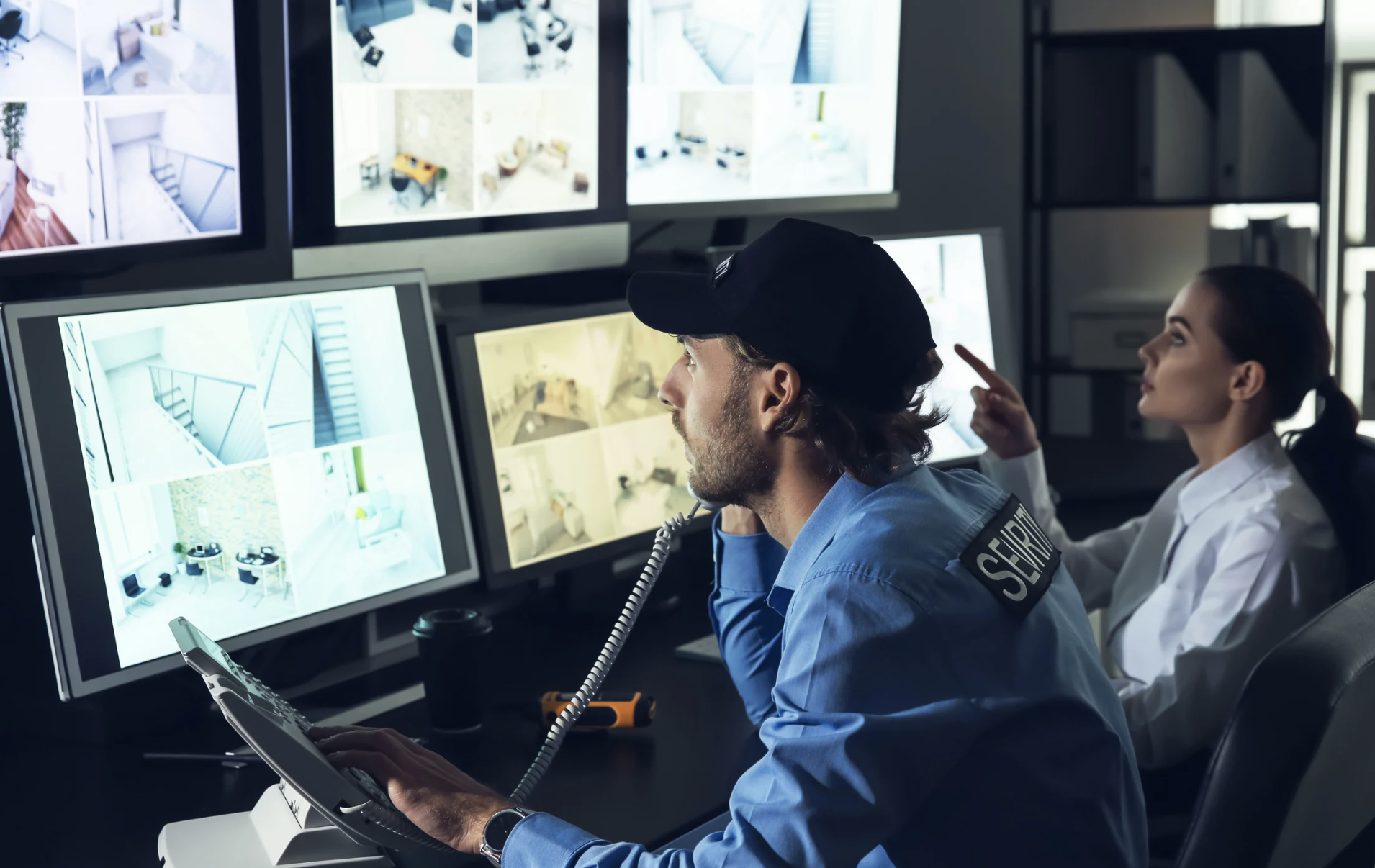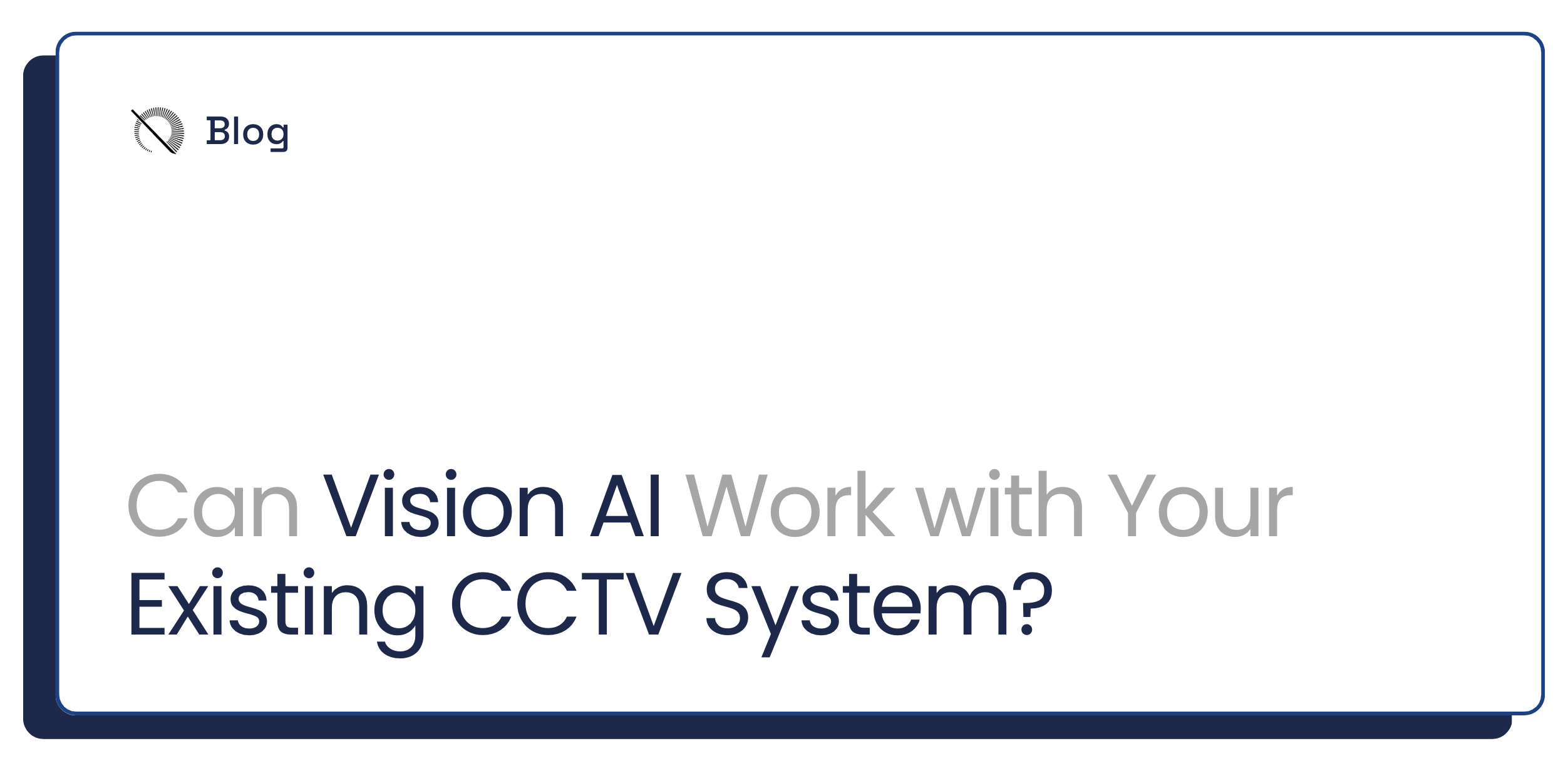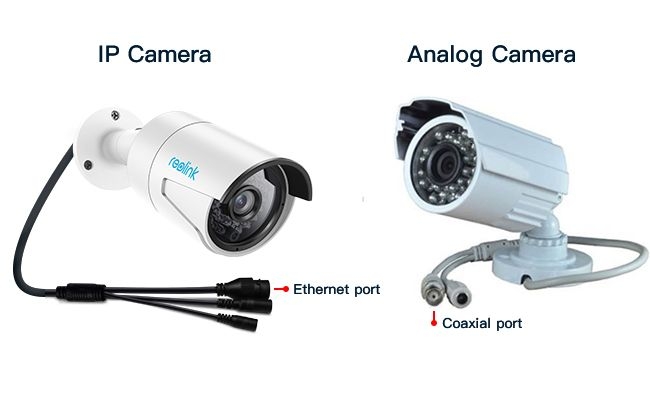Can Vision AI Work with Your Existing CCTV?

📖 3 minutes read
🗓️ 14/05/25
👤 Tapway
Key Takeaways
• If you’re using IP cameras, Vision AI can often integrate directly, giving your current CCTV a smart upgrade.
• For accurate detection, a minimum of 2MP resolution is recommended, but many existing mid-range cameras are good enough to start
• Vision AI can run locally to save bandwidth, making it a smart, scalable solution for safety

By now, most construction sites and warehouses are dotted with CCTV cameras, watching over entrances, scaffolding, forklifts, and storage aisles. However, here’s the hard truth, traditional surveillance is mostly passive. Unless someone’s watching that footage 24/7, it’s just video waiting to be reviewed after an incident happens. That’s where Vision AI steps in to make the surveillance process more proactive.
Do You Need to Replace Your Cameras?
One of the most common questions we get from site managers is:
“Do I need to replace all my cameras to use Vision AI?”
The short answer? Not necessarily as long as you’re using IP cameras.
Most Vision AI systems are built to work with modern IP cameras that stream standard video feeds (like RTSP). If your site already has IP cameras, whether it’s dome cams in the warehouse or fixed units around a construction zone, you can usually connect them directly to the AI platform. Think of it as giving your existing cameras a serious brain upgrade—no need to rip out and replace your whole setup.

Not All Cameras Are Created Equal
While most IP-based CCTV systems are compatible, camera quality still matters. A blurry feed in low light won’t help AI detect a missing helmet or a person entering a restricted area. For best results, a minimum resolution of 2 megapixels is recommended to ensure the AI can pick up on important visual details accurately.
That said, even many mid-range IP cameras meet this standard and can deliver strong results with the right AI calibration. In fact, many teams start by using what they already have, testing Vision AI in a few high-risk zones first, then gradually upgrading specific cameras in critical areas once they see the impact.
What About Bandwidth and Storage?
Another common concern is whether adding AI will slow down your network or eat up storage. Thankfully, many Vision AI systems can run on edge devices (i.e. local hardware), reducing the need to send large video files to the cloud. Some setups also only stream or store clips when something unusual happens, making it more efficient than traditional recording.
So… Can It Work with Your CCTV?
In most cases, yes.
In high-risk environments like construction zones and warehouses, accidents aren’t just costly, they’re deadly. And while CCTV has long been a compliance checkbox, Vision AI turns it into an active shield. More importantly, it can help you get a lot more out of your existing setup, turning cameras from passive recorders into proactive safety monitors. For teams managing dynamic, high-risk environments, that shift can make a real difference in both daily operations and long-term outcomes.
At Tapway, we specialize in helping industrial teams transform their existing CCTV into intelligent safety systems. No expensive overhauls. Just smarter infrastructure that protects your people and operations.
Your cameras are already watching. Let’s help them think – Request Demo